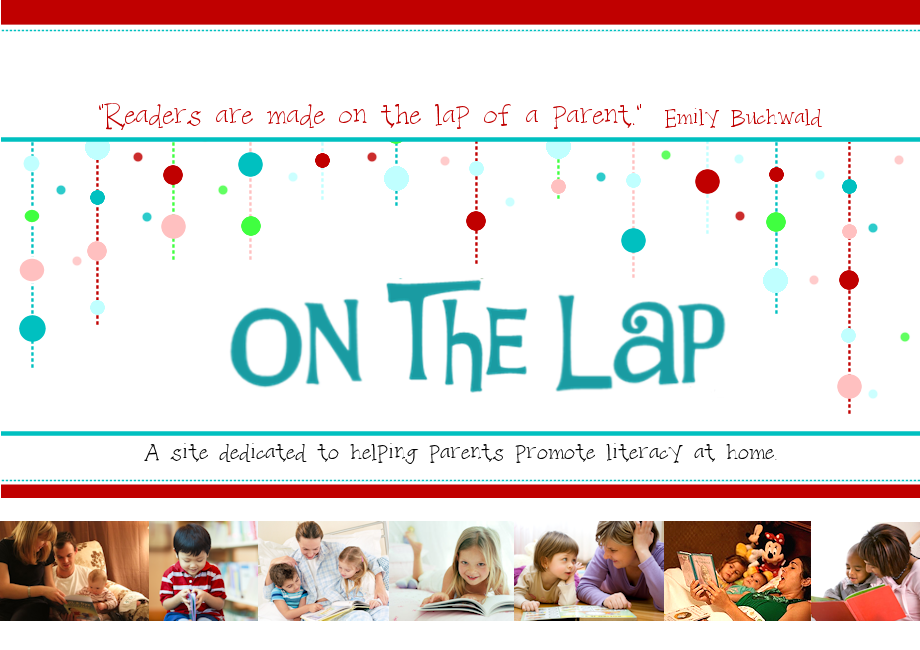I have caught my youngest children reading their books upside down so many times that I could not count them. I have said, "You're book is upside down." and they disagree. I have flipped books around for them and it is almost like they don't notice or the seem to look at it differently. Why is this?
To your child the images on the page look normal. Their mind sees the aesthetics of the artwork and is not concerned about directionality. Research with infants has also shown that when images of faces are inverted, their focus moves from the facial features such as nose and mouth to the outward features such as the edges of the face, hair and even eyes. This suggests that when children look at books upside down, they are simply exploring them in different way.
Inverted reading at a young age in no way indicates any type of learning disability as research indicates so far. However, inverted reading and writing has been used to help older children with reading difficulties.
Since reading is primarily a visual task with some verbal processing, studies have been conducted that include orientation but all studies include school age children with some understanding of the Concepts about Print.
Concepts about print is one of the first tests a teacher gives a student when entering school, usually in Kindergarten. The tests are often informal and are usually done through observation only. Some tests are formal and recording is specific and special books are used as with Marie Clay's Concept of Print Analysis.
The analysis used in the early years of learning simply help determine how much a child understands about how books and text in books work.
What does this mean for you as a parent of a toddler...
- Give yourself a pat on the back because you are exposing your child to books!
- Don't sweat directionality, children are just exploring and their brain is working hard.
- To increase Concept of Print, read to your toddler or pre-schooler books that are age appropriate and of interest often.
- Don't forget that a child's brain understands the images he is looking at even if you don't understand why or how.


1 comment:
Can I add one: Look for books that are mirrors. Young children will LOVE Shadow by Suzy Lee. It also helps that it is a wordless book!
here's the Reading Tub review.
Post a Comment